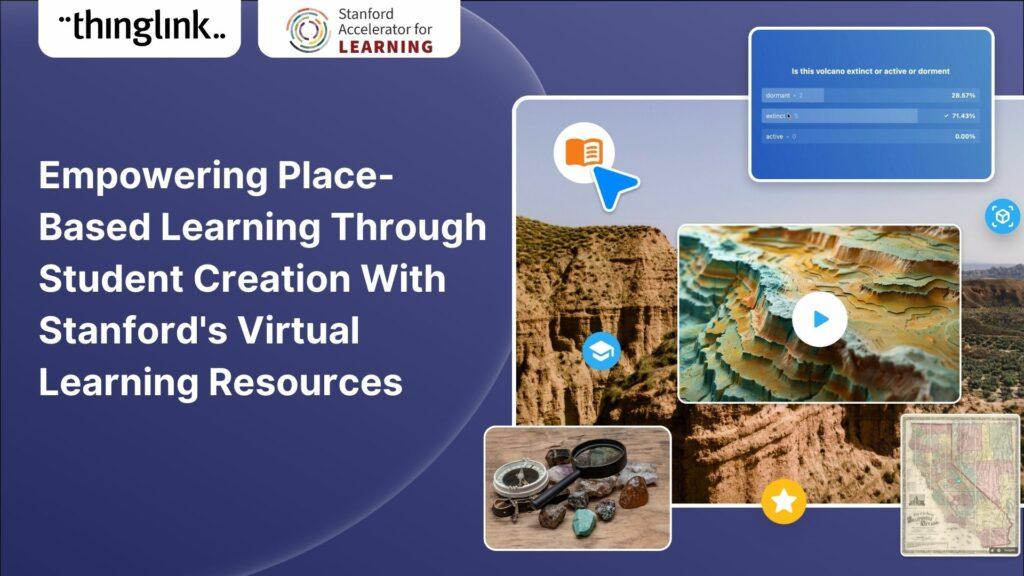Unlocking New Learning: How Virtual Field Trips Expand Horizons Without Leaving the Classroom
In today’s rapidly evolving educational landscape, technology has become an indispensable ally in fostering curiosity and making learning truly boundless. Among the most innovative tools revolutionizing modern instruction are virtual field trips. These digital excursions allow students to experience a world of culture,science,and history—all without ever leaving their classroom chairs. In this article, we’ll explore how virtual field trips are expanding horizons, discuss the numerous benefits, offer practical integration tips, and share inspiring case studies that illustrate just how transformative these experiences can be.
What Are Virtual Field Trips?
Virtual field trips are web-based or software-facilitated educational experiences that transport students to locations across the globe,or even beyond,using digital technology. By leveraging tools such as 360° videos, live-streamed tours, interactive simulations, and augmented or virtual reality (AR/VR), students can explore museums, historical landmarks, space stations, underwater ecosystems, and more—directly from their classroom or home.
- Live Virtual tours: Real-time, guided explorations with opportunities for Q&A
- Pre-Recorded Video Tours: Engaging documentaries or walkthroughs created by professionals
- Interactive Experiences: AR/VR simulations, games, and manipulatives that deepen understanding
Benefits of Virtual Field Trips
Virtual field trips are not just substitutes for traditional excursions; they offer a wealth of unique advantages that can considerably enhance modern education. Let’s look at the most compelling benefits:
1.Accessible Learning for All
- No Geographic Barriers: Students can visit renowned destinations worldwide, regardless of location or resources.
- Inclusive Experiences: accommodates learners with mobility challenges or special needs.
- Cost Savings: Eliminates travel expenses, permissions, and logistical complications.
2. Immersive and Engaging content
- High-quality visuals, sounds, and interactivity foster deeper engagement and long-term retention.
- Customizable journeys allow teachers to tailor content to topics and student interests.
3. Interactive Learning and Skill-Building
- Integrated quizzes, polls, and challenges assess and solidify learning.
- Fosters critical thinking, digital literacy, and collaborative skills through group activities and discussions.
4. Expanding Cultural Awareness
- Global exploration promotes empathy, tolerance, and respect for diverse cultures and perspectives.
- Direct interaction with hosts, guides, or peers from other countries offers real-world language and social learning.
Practical Tips: How to Integrate Virtual Field Trips into Your Curriculum
Interested in bringing the world to your students? Here are actionable tips for implementing virtual field trips in the classroom:
- Align with Learning Objectives: Choose trips that support curriculum goals and enhance upcoming lessons.
- Prepare Students: Set the stage with background information,pre-trip questions,and vocabulary lists to maximize learning.
- Facilitate Engagement: Encourage note-taking, sketches, or interactive participation during the experience.
- Plan discussion and Reflection: Host follow-up discussions or group projects that let students process and apply their new knowledge.
- Explore Technology Requirements: Verify device and internet compatibility; test any software ahead of time to avoid disruptions.
- Consider Time zones and Scheduling: For live tours,coordinate with hosts and optimize for your class period.
Top Platforms and Resources for Virtual Field Trips
- Google Arts & Culture
- Google Earth Voyager
- Smithsonian Virtual Tours
- Finding Education
- National Geographic Education
Case Studies: Virtual Field Trips in Action
Case Study 1: Journey to Ancient Egypt in a Rural Classroom
“Our 5th graders in Oklahoma had always read about the pharaohs,but a virtual tour of the Egyptian museum in Cairo transformed their understanding. Using an interactive walk-through, they could examine actual hieroglyphics and mummies up close. The live Q&A with museum curators inspired a surge of excitement for our ancient civilizations unit.” – Ms. Lewis, Social Studies teacher
Case study 2: Exploring the oceans with Virtual Reality
”With our VR headsets, students ‘dived’ into the Great Barrier Reef, observing marine life and coral ecosystems in vivid detail. This virtual field trip brought our science unit on biodiversity to life, and students created their own digital reef projects—a perfect blend of technology, creativity, and science.” – Mr. Gomez, Science Coordinator
case Study 3: Global Awareness via Cultural Exchanges
“Through a virtual exchange organized with a school in Japan, our class learned about daily life, traditions, and language directly from their peers. The immersive experience fostered lasting interest in world cultures and even sparked a pen-pal program!” – Mrs. Harris, Language Arts Educator
First-Hand Student experiences: The Heart of Virtual Learning
What do students think about virtual field trips? Here are some real reactions:
- “It felt like I was actually inside the Louvre—even though I was in my classroom!”
- “The live chat with an astronaut was the coolest thing we’ve ever done in science!”
- “I want to learn Japanese now because the students we met seemed so amiable.”
These testimonials reveal the true power of virtual field trips: making learning memorable,meaningful,and magical.
Overcoming Challenges & Ensuring Success
While virtual field trips offer undeniable advantages,educators may face a few practical challenges. Here’s how to overcome them gracefully:
- Tech Troubles? Always have a backup plan (such as an alternative device or pre-recorded tour) and check connections in advance.
- student Engagement: Let students help choose destinations or act as group ‘tour guides’ during presentations.
- Equity Concerns: Use in-class resources to ensure every student has access, or provide links for asynchronous viewing at home.
Conclusion: The Future of Learning Is Without Borders
Virtual field trips are rapidly becoming a staple of twenty-first-century education, offering limitless horizons for student engagement and discovery. By harnessing digital tools, educators can provide unparalleled access to global resources, foster lifelong curiosity, and cultivate essential skills for the modern world—all from the heart of their classrooms. Whether exploring the wonders of the universe,the pages of history,or the textures of art,virtual field trips ensure that every student can experience rich and transformative learning adventures,no passport required.

